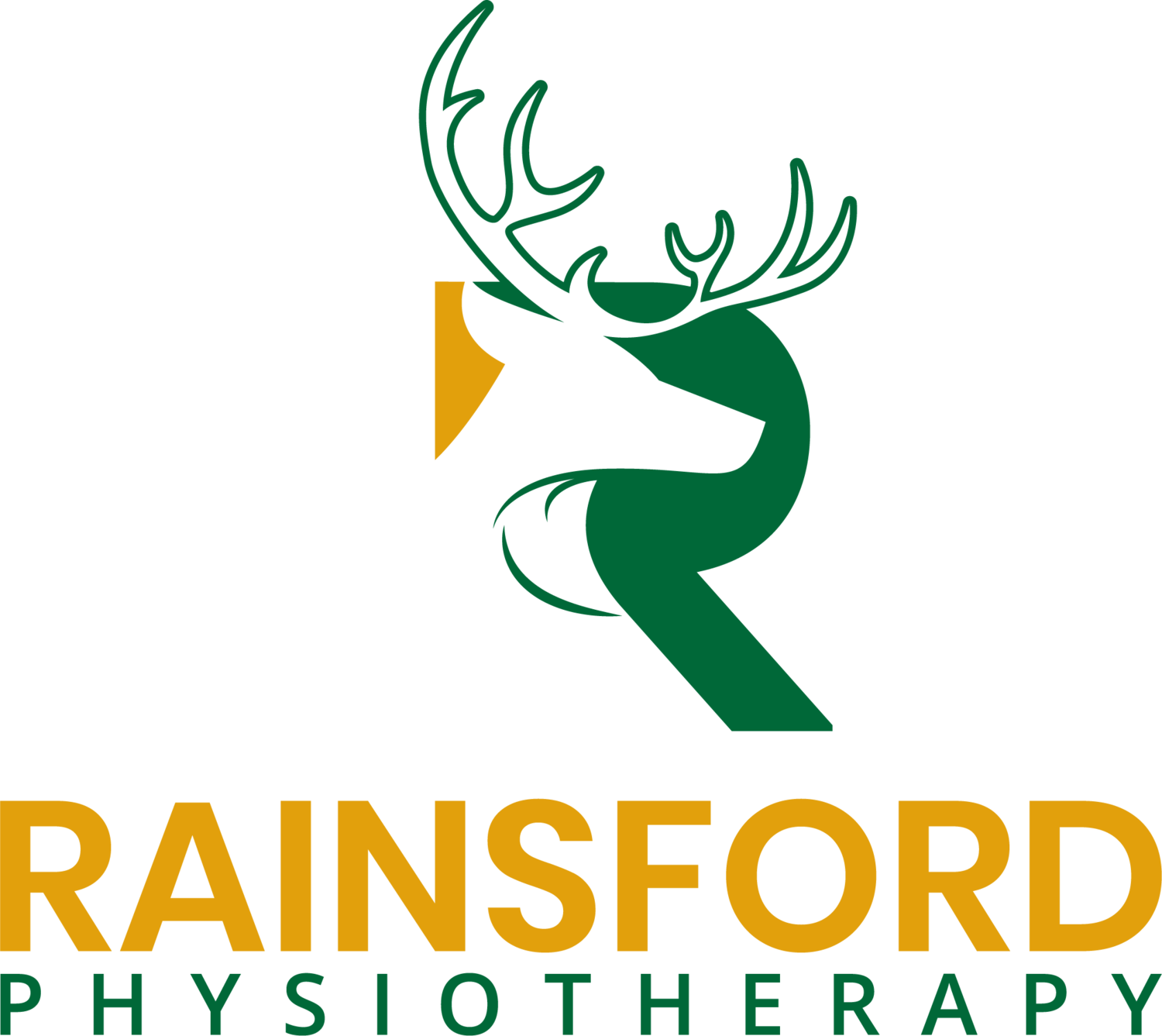Ice vs Heat: What to use and when
The use of cold or heat therapy serves various purposes. Following intense physical activities like workouts or sports events, athletes frequently turn to cryotherapy (cold therapy) or heat therapy to enhance their recovery process. Their goal is to alleviate soreness and prepare their bodies for upcoming competitions or training sessions. Additionally, individuals may use ice or heat to aid in recovery after sustaining an injury. Heat or ice therapy is often sought as an adjunct to physical rehabilitation to manage pain. However, determining the optimal approach can be challenging. So, when should one opt for heat, and when should cold therapy be chosen?
It's important to note that research findings regarding the superiority of either cold or heat therapy (or alternating) are inconclusive. While both are presumed to aid in recovery and reduce fatigue and injury, neither cold nor heat therapy appears significantly better than other forms of treatment or recovery time. Heat application increases blood flow to the targeted area, inducing inflammation, which is a natural part of the healing process. Theoretically, this promotes quicker recovery from an injury. Conversely, ice application reduces blood flow to the area, slowing cellular breakdown and thereby reducing inflammation post-injury or after intense exercise. However, these responses are considered normal for individuals without systemic issues. People with conditions like diabetes or peripheral vascular issues should be cautious, as heat and ice therapy may not be suitable for them. For guidance on situations where heat or ice therapy is inappropriate, consulting a medical professional, such as a Physiotherapist, is advised.
Heat therapy can be beneficial for musculoskeletal issues such as muscle spasms or neck soreness, serving as a complement to stretches and exercises by increasing blood flow to the muscles and promoting relaxation.
Ice therapy, on the other hand, can also promote muscle relaxation through its numbing effect, minimizing pain perception.
For joint injuries like ankle sprains, applying ice in the initial few days can help reduce swelling, improving mobility and decreasing muscle inhibition. Heat therapy, however, may alleviate stiffness in the joint but could increase swelling, potentially limiting range of motion and muscle activation. Research suggests that ice therapy is slightly more effective for acute injuries with swelling, but its applicability beyond the first week post-injury remains uncertain.
In the realm of post-exercise recovery, cryochambers and cold whirlpools have gained popularity. These methods aim to lower internal body temperature, slow cellular breakdown, and expedite recovery from intense exercise. Similarly, hot whirlpools accelerate bodily processes and aid in metabolizing byproducts of strenuous exercise. Nonetheless, research findings on the efficacy of hot versus cold therapies are mixed.
Ultimately, the choice between heat and ice therapy boils down to personal preference and what makes one feel better. In cases of acute injury with pain, swelling, and limited mobility, ice therapy may be preferred to numb the area and reduce swelling. For chronic tightness or discomfort, heat therapy might be more suitable. If using a cryochamber alleviates soreness and facilitates recovery after a challenging race, then cooling the body down is recommended.
It's crucial to remember that heat and ice therapy should complement proper nutrition, stretching, exercise, and training. Overreliance on heat or ice without addressing other aspects of recovery is not recommended. These therapies should be viewed as supplements to the overall recovery process, tailored to individual needs. Seeking guidance from a Physiotherapist can help in developing a comprehensive recovery plan aligned with one's goals and requirements.
- Thanks for reading and keep looking for more posts in the future on other ‘hot topics’ in the world of Physiotherapy and Physical Rehabilitation!


